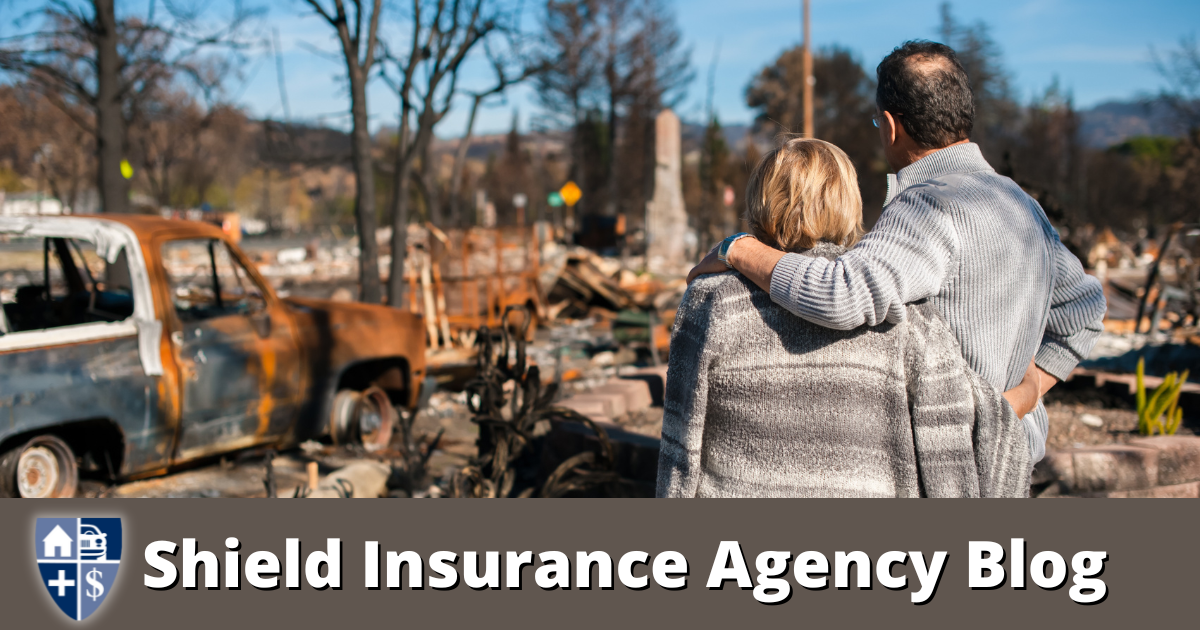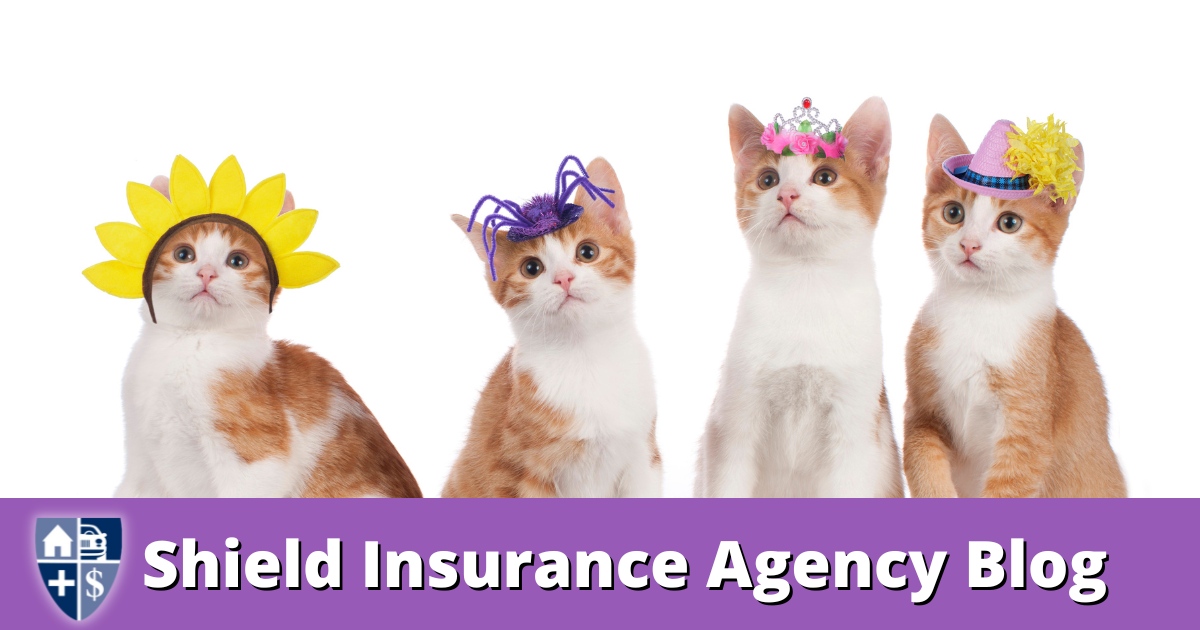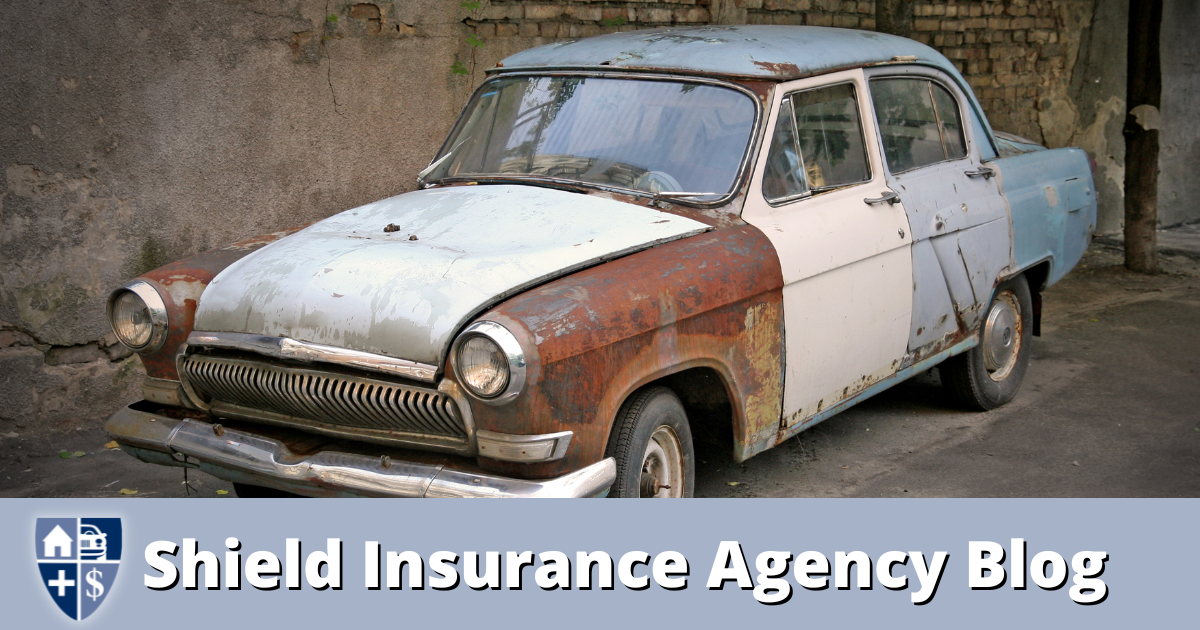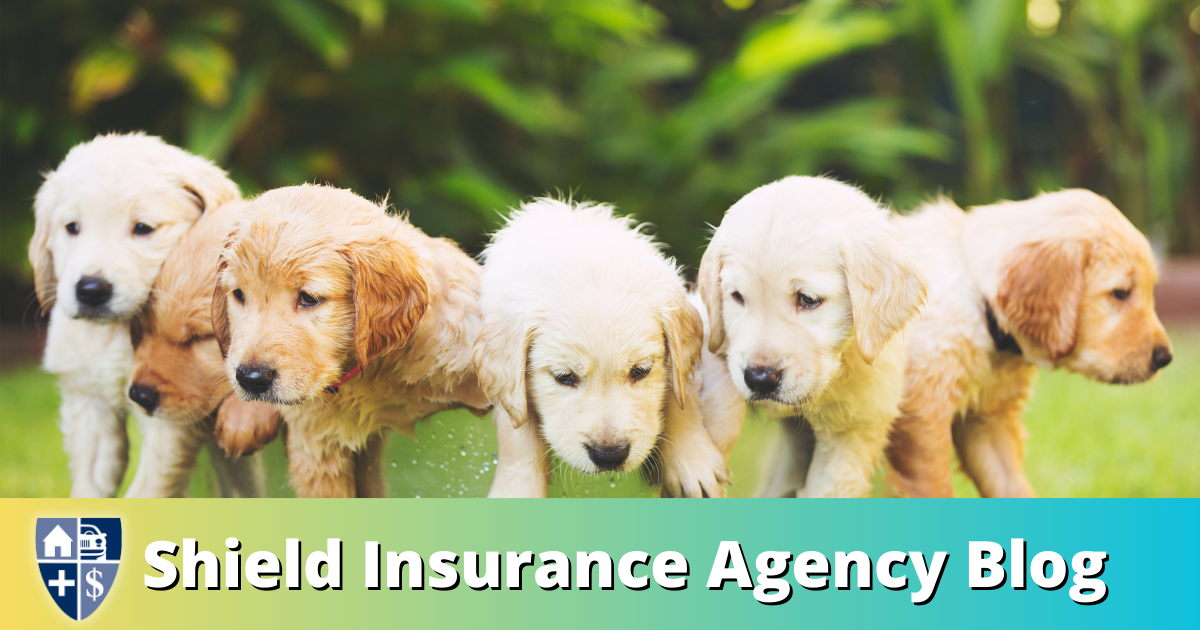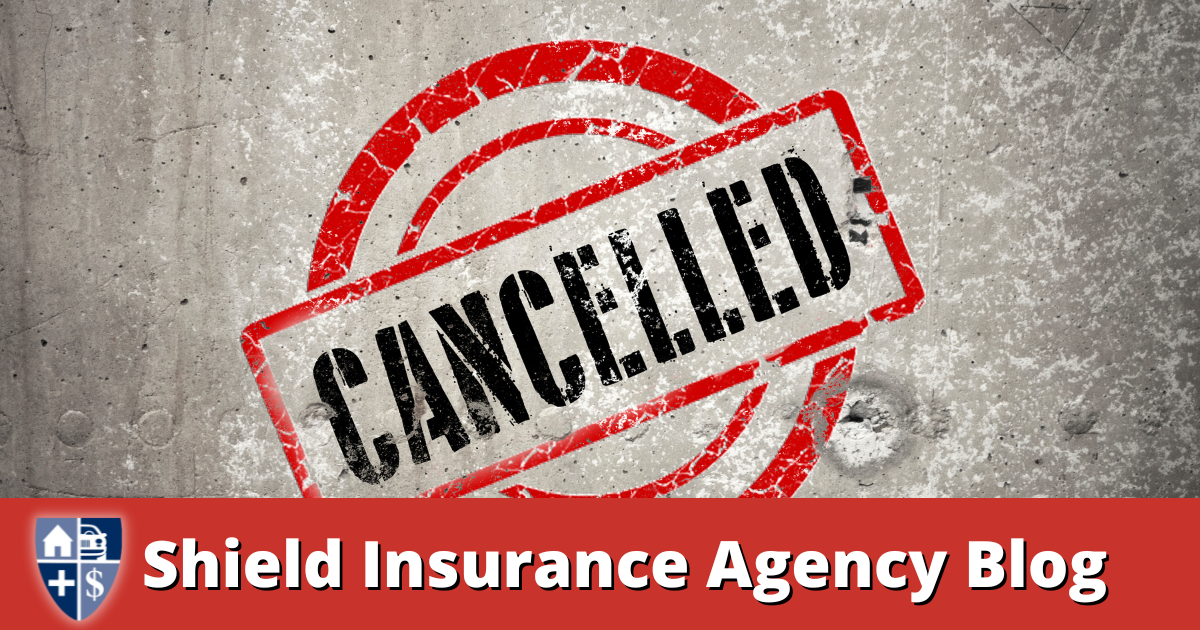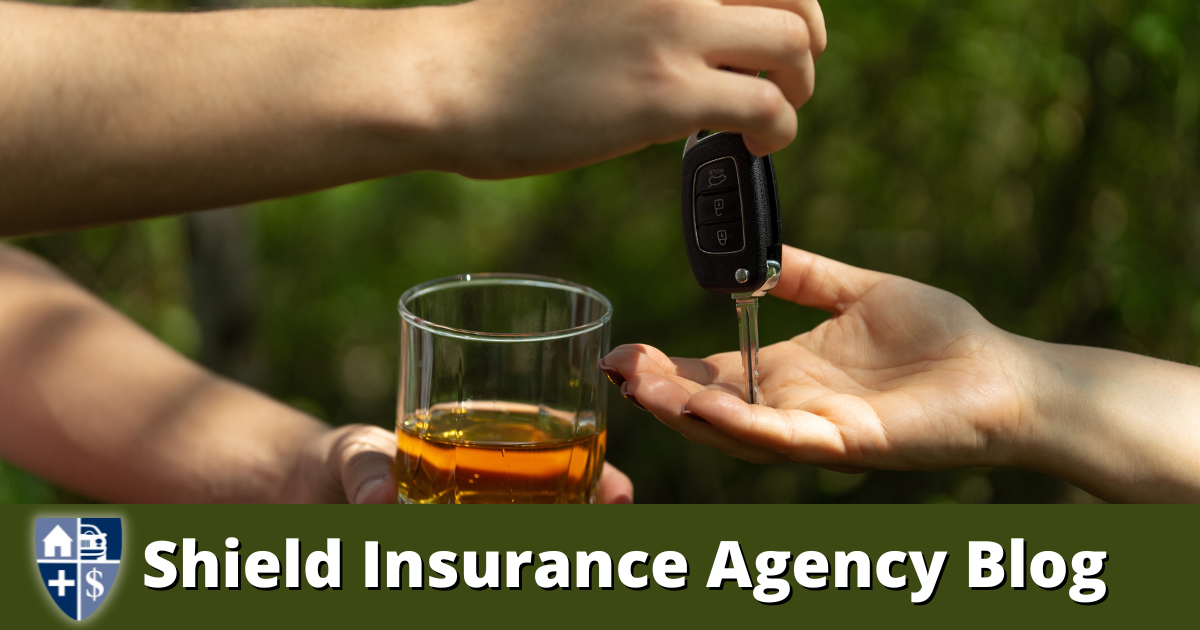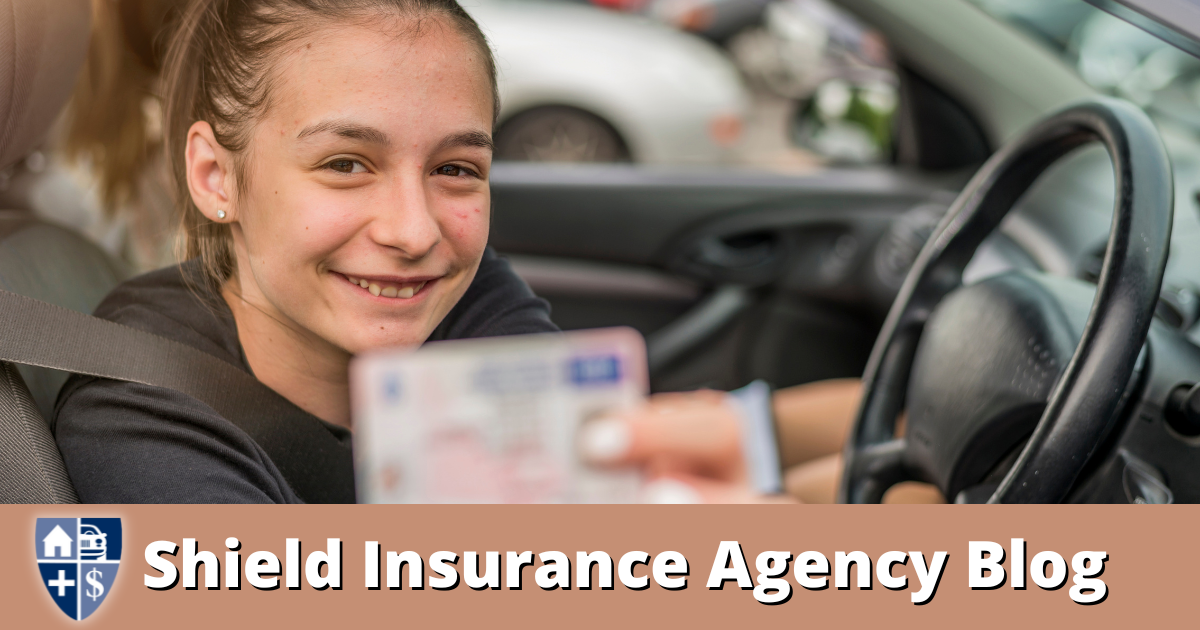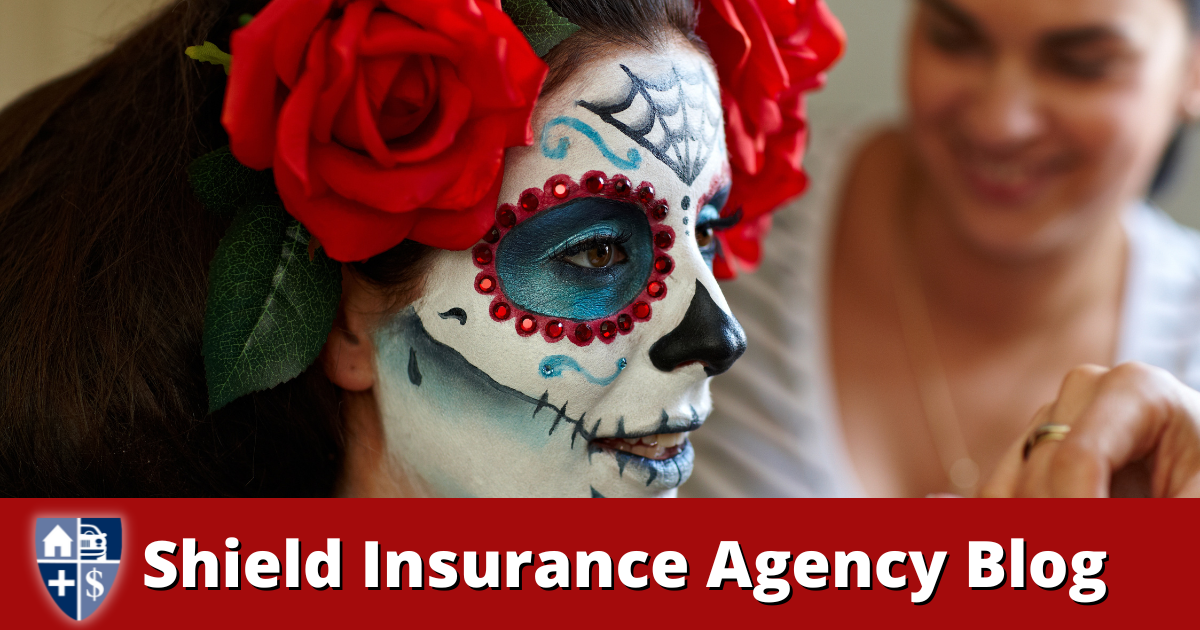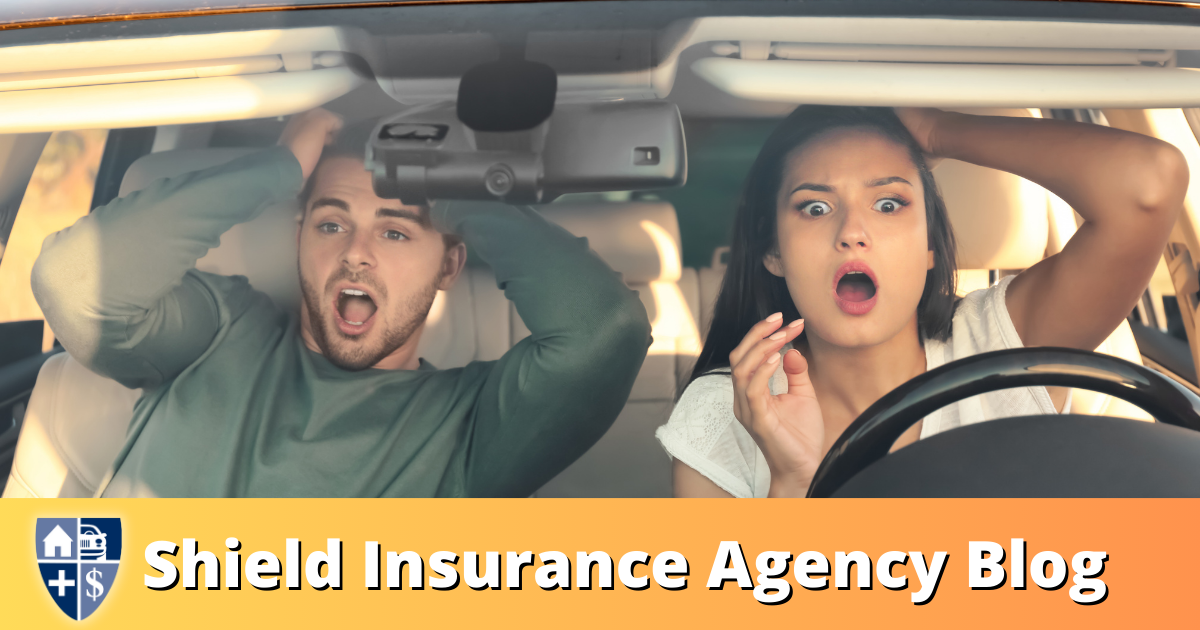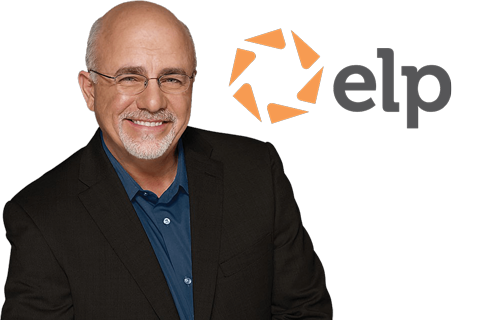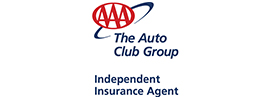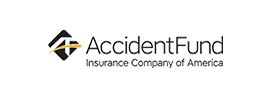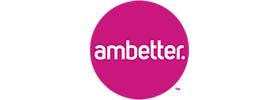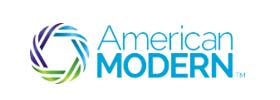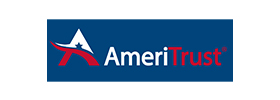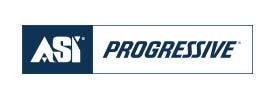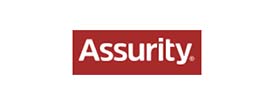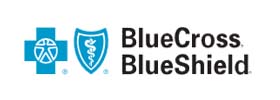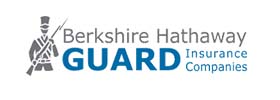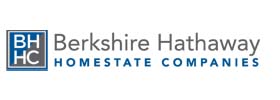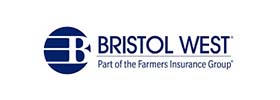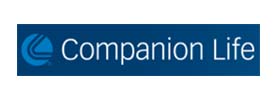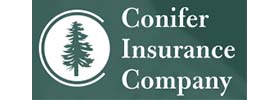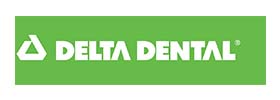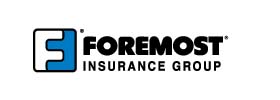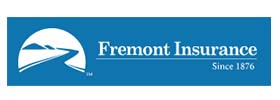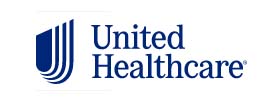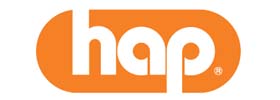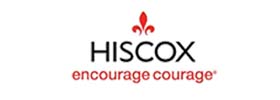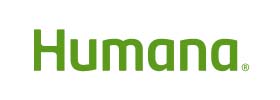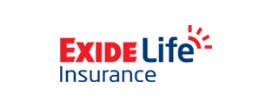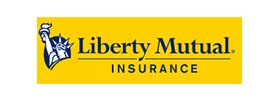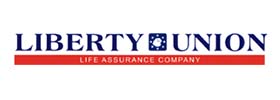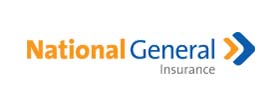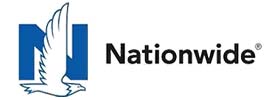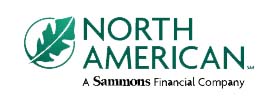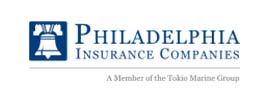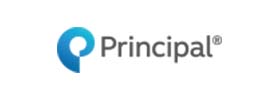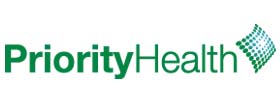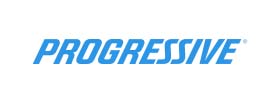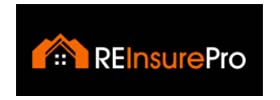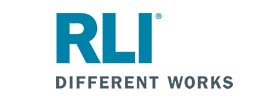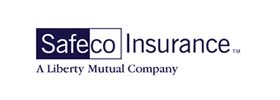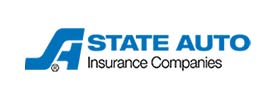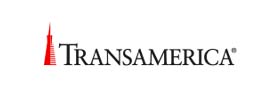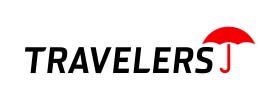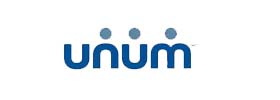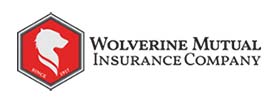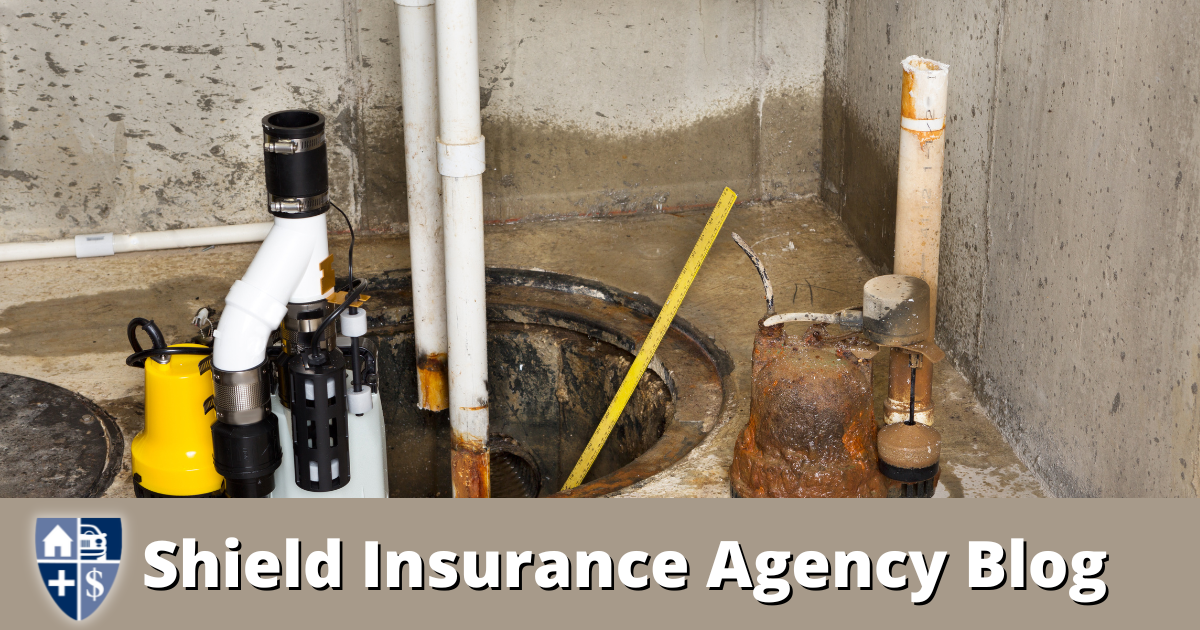
Discover the Ultimate Protection for Your Home: Water Backup and Sump Pump Failure Insurance!
Shield Insurance Blog | Water Backup | Home Insurance | Start A Quote Today!
Water damage can be a homeowner’s worst nightmare. Whether it’s a burst pipe, a sewer backup, or a malfunctioning sump pump, water can wreak havoc on your home and belongings. That’s why it’s important to have the right insurance coverage in place to protect yourself from these unexpected events.
Water Backup and Sump Pump Failure Insurance
One type of insurance coverage that can provide peace of mind in these situations is water backup and sump pump failure insurance. This coverage is designed to protect you from the costs associated with water damage caused by a backup of water or the failure of a sump pump.
Water backup insurance, also known as sewer backup protection or basement flooding insurance, covers the cost of repairing or replacing your property and belongings that have been damaged by water backup. This can include damage to your walls, floors, furniture, appliances, and personal belongings.
Sump pump failure insurance
Sump pump failure insurance, on the other hand, covers the cost of repairing or replacing your property and belongings that have been damaged by a malfunctioning sump pump. A sump pump is a device that is typically installed in the basement or crawl space of a home to prevent water from flooding the area. If your sump pump fails, it can lead to significant water damage.
Water Backup Insurance
Both water backup insurance and sump pump failure insurance are typically add-ons to your existing home insurance coverage. While most standard home insurance policies provide some coverage for water damage, it may not be enough to cover the full cost of repairs or replacements. That’s where water backup and sump pump failure insurance come in.
Damaged Not Caused by Flooding
When considering water backup and sump pump failure insurance, it’s important to understand what is covered and what is not. Most policies will cover the cost of repairing or replacing your property and belongings that have been damaged by water backup or sump pump failure. However, there may be limits to the coverage amount, so it’s important to review your policy carefully.
It’s also important to note that water backup insurance and sump pump failure insurance do not cover damage caused by flooding. If you live in an area prone to flooding, you may need to purchase separate flood insurance coverage. Flood insurance coverage is typically offered through the National Flood Insurance Program (NFIP) or through private insurance companies.
If you’re unsure about whether you have water backup and sump pump failure insurance or if you need to add this coverage to your existing policy, it’s best to contact your insurance agent. They can review your policy and help you determine the best course of action.
Shield Insurance Agency
At Shield Insurance Agency, we understand the importance of having the right insurance coverage in place to protect your home and belongings. That’s why we offer a wide range of insurance options, including water backup and sump pump failure insurance. As an independent agency, we represent over 40 insurance companies, allowing us to find the best coverage at the most competitive rates.
If you’re interested in learning more about water backup and sump pump failure insurance or if you’d like a free quote, contact Shield Insurance Agency at (616) 896-4600. Our experienced agents are ready to assist you and answer any questions you may have. You can also start the quoting process by visiting this LINK, and an agent will be in touch soon.
Don’t let water damage catch you off guard. Protect your home and belongings with water backup and sump pump failure insurance. Contact Shield Insurance Agency today to get the coverage you need.




